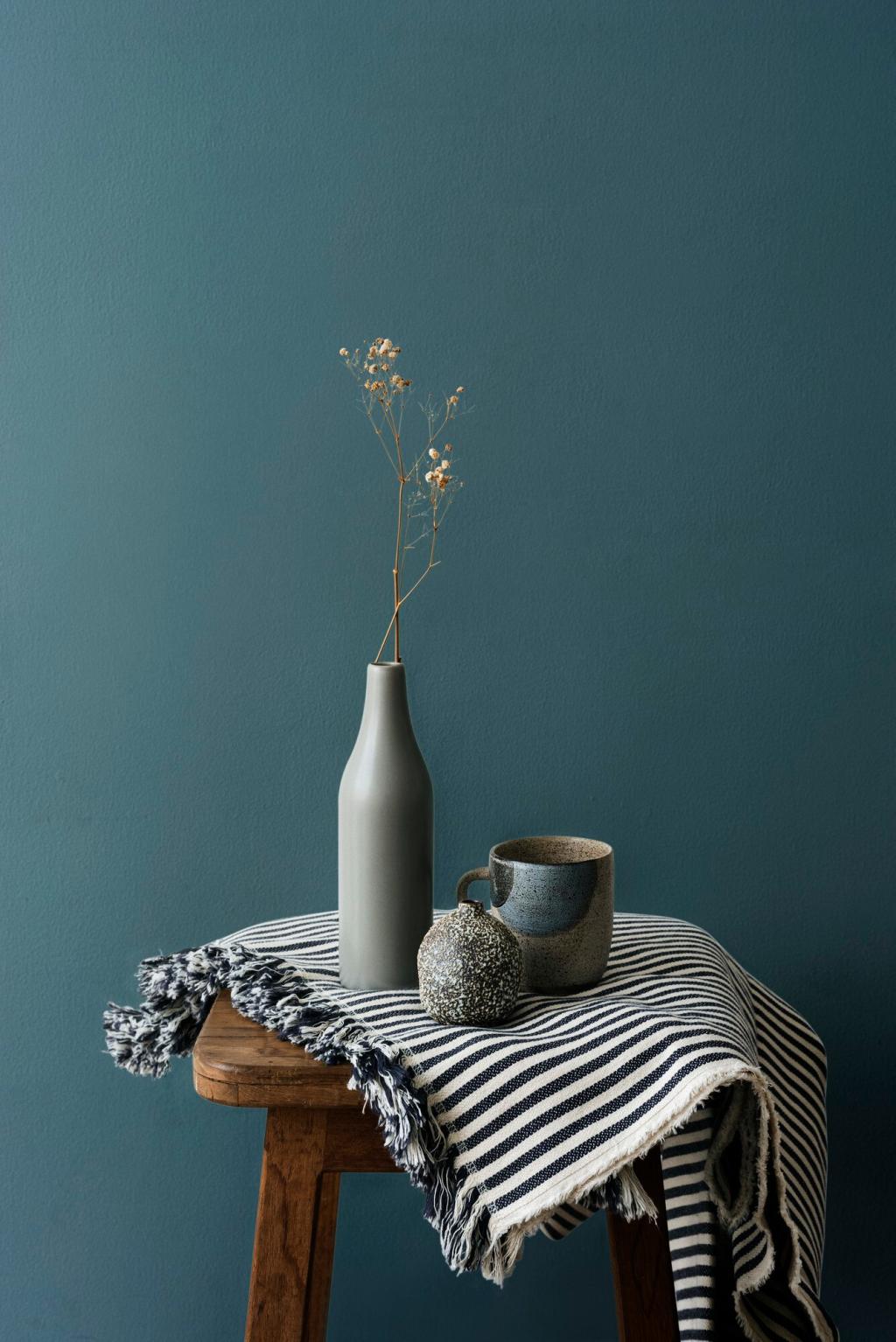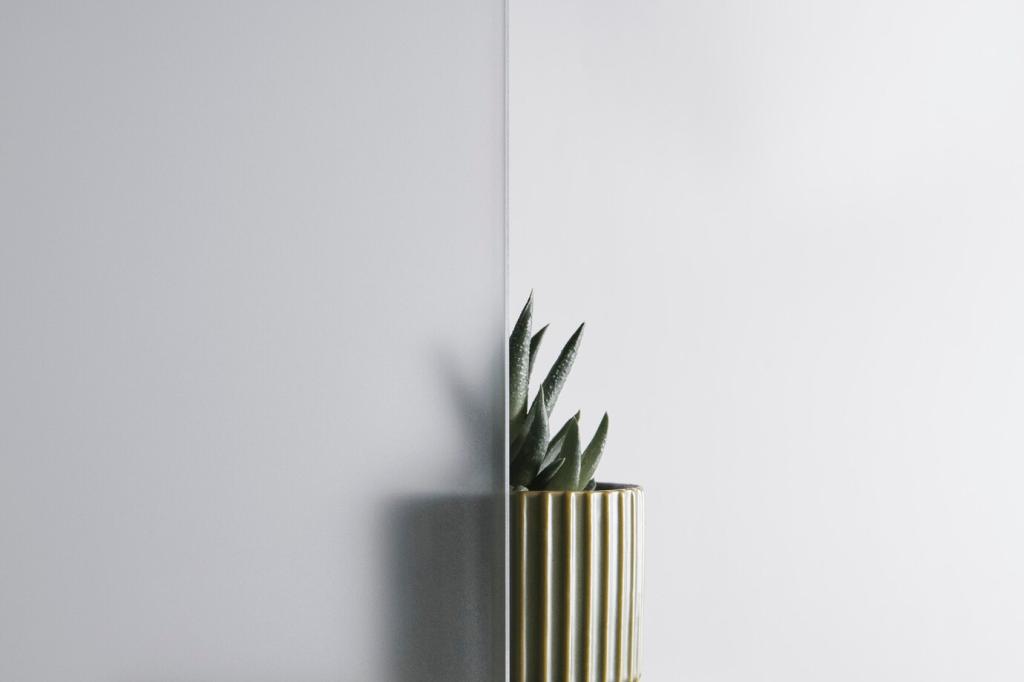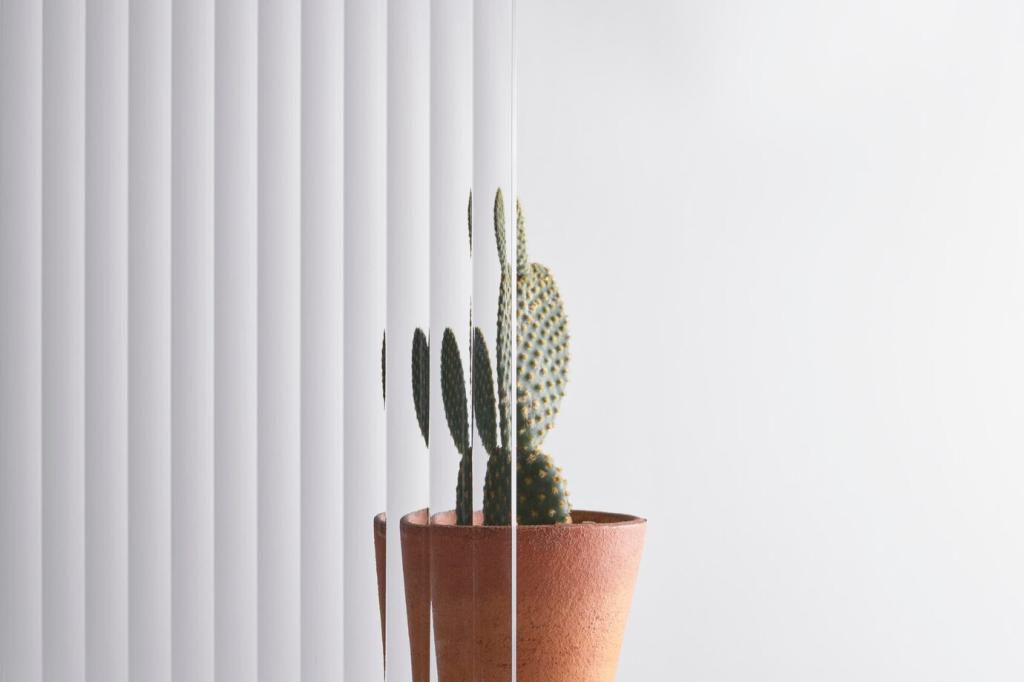Color Schemes: Minimalism in Small Rooms
Chosen theme: Color Schemes: Minimalism in Small Rooms. Welcome to a serene, intentional approach to color where every hue earns its place and every inch breathes. Together, we’ll craft palettes that open up compact spaces, calm the mind, and invite effortless living. Subscribe for weekly minimalist color insights tailored to small homes.

Why Color Matters in Minimalist Small Rooms
Perception and Scale
Color manipulates perceived size. Pale contiguous walls dissolve corners, while dark, isolated planes recede dramatically. In small minimalist rooms, this optical play replaces cluttered décor, allowing shape, light, and proportion to tell a quieter, more generous story.
Calm Through Restraint
Fewer colors reduce cognitive load. When your eye isn’t constantly switching palettes, the space feels organized and soothing. Minimalist small rooms lean on tonal harmony, letting light, shadow, and purposeful negative space do the emotional heavy lifting.
The 60-30-10 Rule, Simplified
Use roughly sixty percent light base, thirty percent supportive mid-tone, and ten percent accent. In small minimalist rooms, consider shifting accents to five percent, using textiles or art, so the palette whispers rather than shouts.
Light, Neutrals, and Airiness
Select paints with a high Light Reflectance Value to amplify brightness without sterilizing the mood. Creamy off-whites soften shadows, while barely-gray whites control glare. Test at different hours, and share your swatch photos for crowd wisdom.

Monochrome Made Lively
Build a spectrum: light wall tone, medium upholstery, deeper rug. These incremental steps create rhythm without disruption. The eye moves easily, reading continuity rather than contrast, which feels spacious and psychologically uncluttered.
Light and Shadow as Part of the Palette
North-facing rooms cool colors; west-facing rooms warm them dramatically at sunset. Sample swatches on all walls, observing morning to night. Keep notes, and share your observations to help others calibrate tones for similar orientations.
Light and Shadow as Part of the Palette
Choose 2700–3000K for cozy minimalism, 3500–4000K for gentle clarity. Avoid mixing many temperatures in one small room; it fractures the palette. Dimmer switches grant mood control without multiplying colors or adding visual noise.



From Busy to Barely-There
Maya’s 280-square-foot studio felt like a kaleidoscope. We reduced the palette to warm white and charcoal. Instantly, her books and ceramics became focal points, not clutter—proof that minimal color can showcase, not silence, cherished objects.
A Single Stripe with Purpose
We painted a charcoal stripe behind her sofa, aligning with the window mullion. It anchored the seating zone and hid a cable run. Visitors assumed the ceiling grew taller, though we only reoriented their gaze with disciplined color.
Living With Less, Loving It More
Maya reports calmer mornings and faster evening resets. With fewer hues, tidying feels simple and satisfying. She now rotates a single ochre cushion seasonally for variety. Share your micro-accents below, and inspire the next studio revival.

